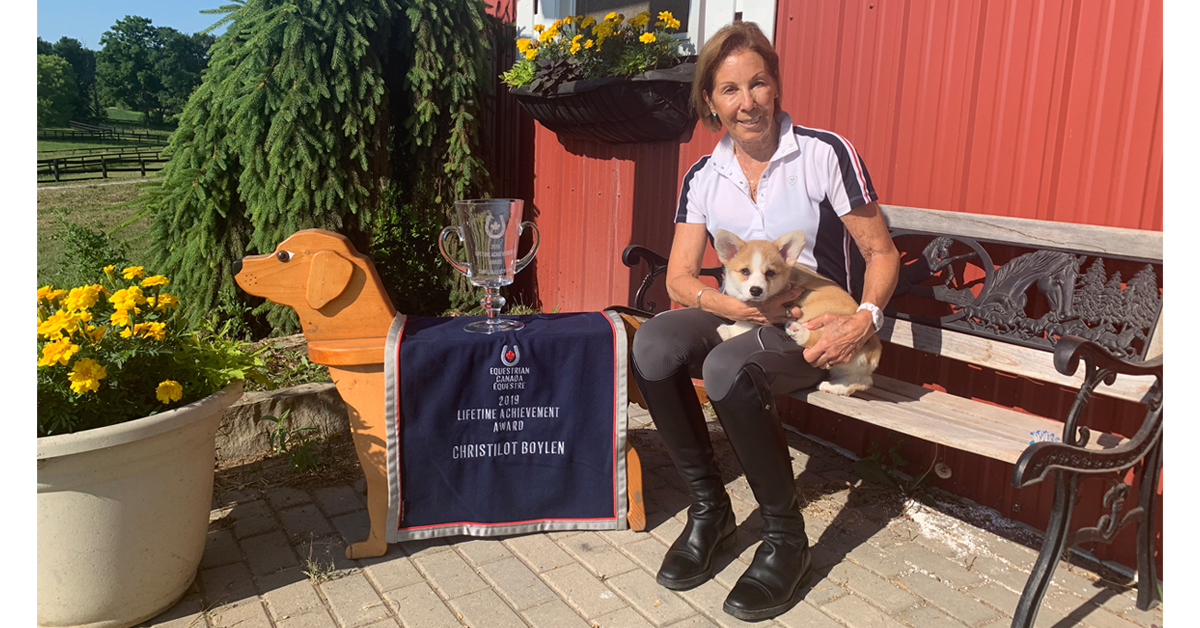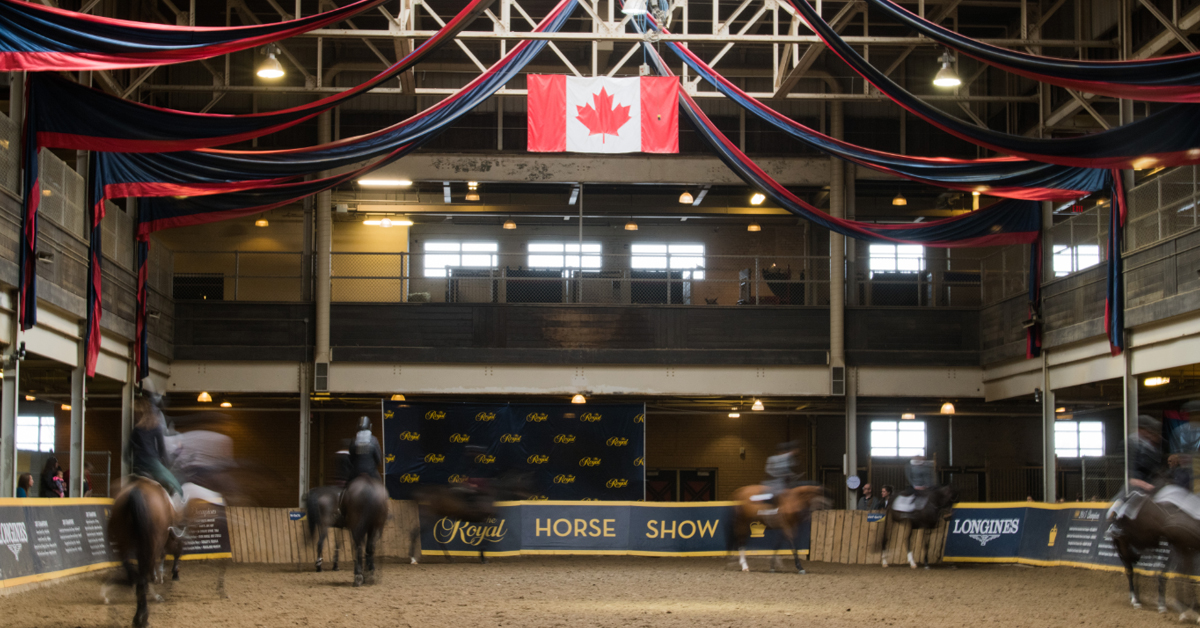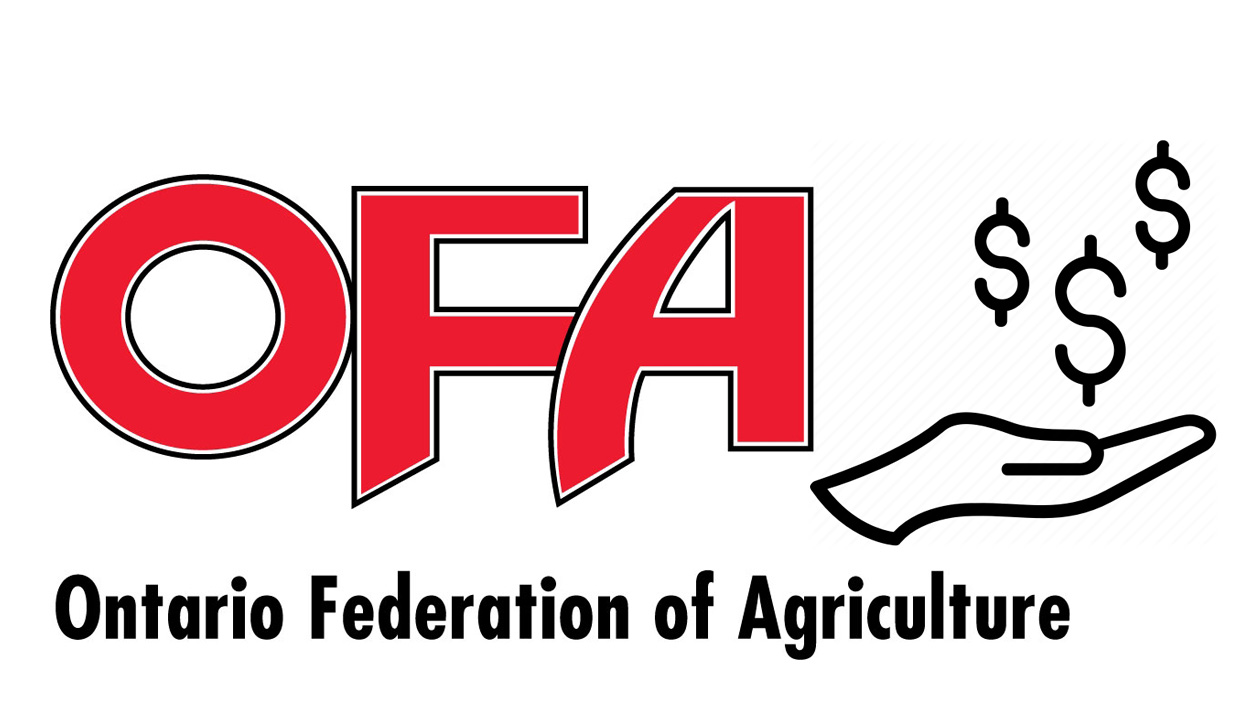Several unexpected eliminations marked the first round of show jumping in Rio de Janeiro. Brazilian course designer Guilherme Jorge built a large track, bigger than the first round in London, but it was the final line that caused the most issues. An oxer-vertical combination, off an awkward bend that rode slightly uphill, then 4 or 5 strides to the last jump, an oxer, caused many crashes and refusals today. Notables such as Nicola Philipaerts and Jur Vrieling on Zirocco Blue were disqualified for two refusals, while several others fell off.
Despite the upsets, there were 24 clear rounds produced by favourites like the current number-one ranked rider Christian Ahlmann and Taloubet Z, and defending gold medal champion Steve Guerdat and Nino des Buissonnets. Some lesser-known and/or lesser experienced riders also mastered the test, including the riders from Uruguay, Egypt, and a couple of the riders from Qatar making their Olympic debut.
Despite the rails, the riders were not overly concerned with today’s results. As more than one rider mentioned, if you are going to have a rail, today is the day to do it. The results don’t count toward the team total, and only serve to set the start list for the team final. After the team competition, the top 35 riders (with a max of 3 per team) will advance to the individual final where everyone will start from scratch.
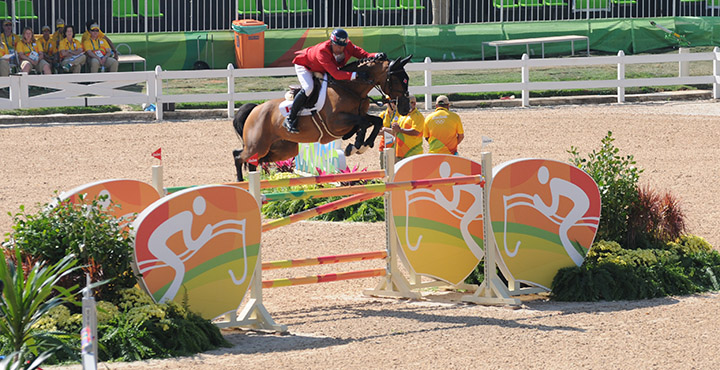
Yann Candele and First Choice 15 – 4 faults.
Yann Candele & First Choice 15
Yann Candele of Caledon, ON, was the first Canadian in the ring in the first individual qualifier, and was one of many whose downfall was the final line, an oxer-vertical combination and then some tricky striding to the final big over. He and the 13-year-old Hanoverian gelding First Choice 15, a relatively new partnership who have been together just over year, lowered the first oxer and then had a bit of a hairy ride to the finish line over the remaining two fences. When asked how he felt his round went, Candele said, “I’m satisfied, but not really happy. I was planning maybe eight or seven [coming into the first oxer from a big plank jump]. I did seven and overdid it, so I got there a little bit early. It’s just a question of deciding if you want to do the outside or stay on the track. I was a little bit inside and got there early and off-balance and it killed all my momentum.”
He was quick to not put the blame on his horse. “I think the horse did really well – he was going to go clear, so a little rider mistake but no damage, and we keep going. We’ll see in two days; now we feel the ring. It was a good height today and I’m sure it’s going to get bigger, so it’s exciting.”
Regarding the long stretch since this horse’s last competition, Candele said, “First of all, I think it was [the same] for everybody – there was a quarantine that had to be done so that was already 10 days. The travel time, horses did six days already. I did [shows] earlier in the year – I did a lot in Florida in the spring and after we slowed down, because we knew what he was capable of doing. Then it was just to maintain the whole situation and try to bring him in the best form possible.”
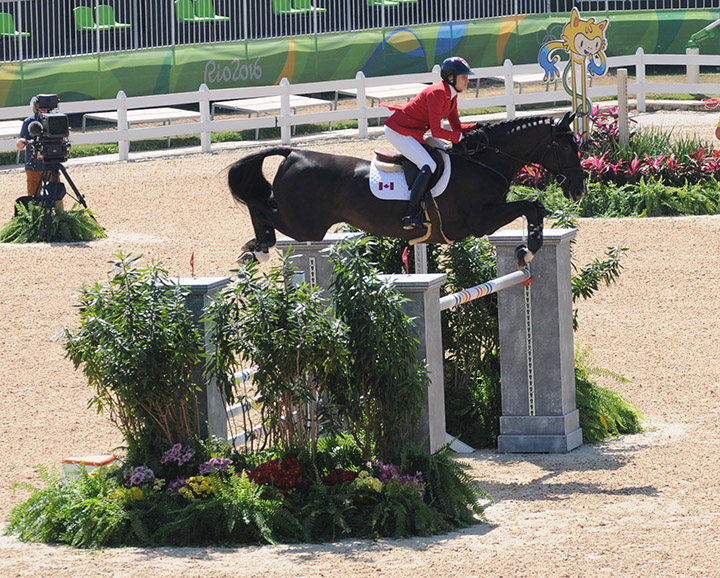
Tiffany Foster and Tripple X III – 4 faults.
Tiffany Foster & Tripple X III
Tiffany Foster and the 14-year-old Anglo European stallion Tripple X III were second up for Canada, and also a victim of the infamous bogey line to finish with four faults. She explained why it was such a problem for so many. “It’s very big, it’s quite spooky and airy and even for an experienced horse you don’t want to leave them alone there. So I put a bit of leg on that he actually didn’t need and that’s why I had that little fault. I’m not too concerned about that. I think that in a competition like this, if you are ever going to have a fault, that’s the one to have and today’s the day to have it, with my particular horse. We gambled a little bit with that, we didn’t put any back boots on him or anything like that. We have a few little tricks in our bag for the next rounds, so we definitely didn’t tap out today; we’ve got a lot more in store.”
She continued, “It’s just such an awkward angle to get at it and it’s big enough. The distance is a little bit in between, so I think for certain horses the number was very evident. With a horse like mine – big stride, big scopey horse, not going to look at anything – you’re on seven [strides] every day. For an inexperienced horse, or a horse that might shift to the right, or a horse that might need a little run at that oxer to get across it, a little less scope, you would probably fade out and make eight. It becomes quite technical and I think that Gui is sort of a genius at that kind of a thing. This has taken a few people pretty hard. You are going to see a lot more lines like that coming up. As you would expect for the Olympic Games, it’s going to be very beneficial to have a rideable, scopey horse like mine!”
She stressed the importance of confidence in this sport. “If you can win a class at every show before you get here, you feel pretty good about it. I think that’s definitely where I’m at right now. In the last four years, since the last Games until now, I’ve jammed quite a bit of experience in. I definitely feel way more prepared and pretty good about it.”
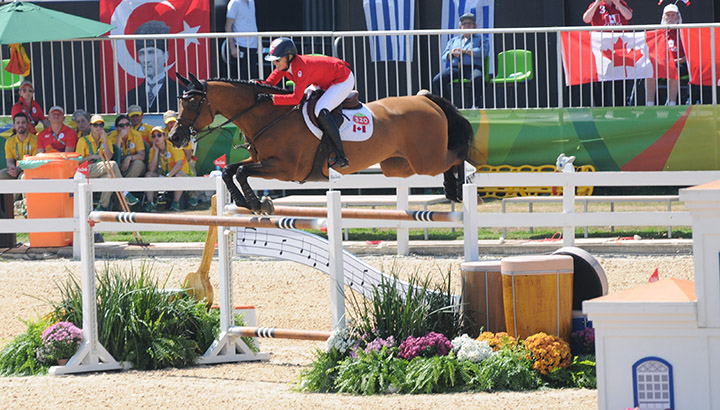
Amy Millar and Heros – clear round!
Amy Millar & Heros
“It feels amazing!” said a delighted Amy Millar after her clear round aboard Heros. Millar, 39, was making her Olympic debut on the nine-year-old Belgian Warmblood gelding owned by AMMO Investments. The fault-free effort had the Canadian fans screaming and waving flags in the stands. “I’m so happy. Yesterday, I was too relaxed, and today I figured out how to get right in the right place. As you know, anything can happen at the Olympics. We see it in every sport. It’s about keeping it together here. My horse has never been in as good a form as he is here this week; he feels amazing. I just had to make sure I was in the same place and that’s what happened.”
“This course is designed so that if they hesitate for one second you are going to make a mistake. That’s sort of why I went in and galloped around. Obviously that last line is the hardest. I wanted to make sure when I told him go, he listened.”
Concerned father Ian Millar was worried about the bogey fences. “He was quite stressed out about that last line,” admitted Amy. “Three strides out it looks like it’s okay ‒ and then it’s not. That combination goes uphill the last three strides. It’s on a curve and goes up a hill so if the horses lose their motor, then it goes really poorly. He said he couldn’t watch that part, which is unusual; I’ve never heard him say that.” Ian added, “It’s a whole new level of excitement. It gives me such pride and joy and pleasure to watch daughter Amy do this today. There’s just nothing like it, it doesn’t compare.”
Does following in her father’s footsteps add any additional angst to an already stressful situation? “I wouldn’t say that adds any pressure, it’s an advantage to me,” said Amy. “There are a lot of things that are unique to the Olympic experience, so I when I came up with 50 questions last week he knew all the answers.
“It’s not even about riding, its about logistics and all the things that are different here than anywhere else. I don’t want to worry about anything other than that [pointing at ring]. Other than going around that ring correctly, that’s all I want to have to worry about. So his experience is really beneficial to me to allow me to do that. Not to mention we walked the course and he knows the plan like that. I would stare at it and wonder and he knows immediately what should be done. It gives you a lot of confidence.
“That’s the beauty of horses,” she finished. “If we were both runners, I think maybe there would be a lot more pressure, because it’s just about how fast you are. Here it’s about your partner and there’s ups and downs. I don’t feel that I have to be him. I feel like I should be me and I’ve very proud of everything he is.”
Millar described how she personally keeps it together in this Olympic pressure-cooker, mentally and physically. “It’s about keeping the body fresh and the mind in check. It’s an all-day affair with me with multiple strategies. Between special foods and angels in my pocket, I also listen to music, I do yoga. I watch a certain amount [of rides], but not too many. It goes on and on. The good news is I do have a bit of a routine. Last night I was home at seven doing the things I needed to do because we had to wake up at five this morning.”
Looking ahead to Monday’s team competition, Millar concluded, ”There is no better position to be in. I wanted to be able to go into the Nations Cup with confidence and I’ve put myself in the best position to be able to do that that I could have possibly done. My phone has been blowing up. All these people want me to do well and all that positive energy has got to do something. I think they helped me get across the jumps today.”
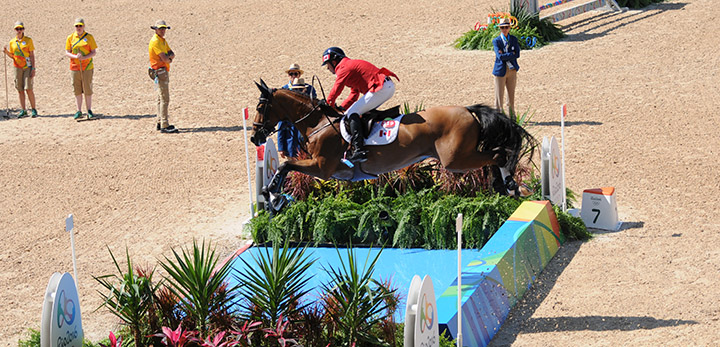
Eric Lamaze and Fine Lady 5 – clear round!
Eric Lamaze and Fine Lady 5
Eric Lamaze rode as ‘anchor’ with the talented mare Fine Lady 5, a 13-year-old Hanoverian mare owned by Artisan Farms LLC and Torrey Pines Stables. Together this pair have had a great run-up to these Games, grabbing two big wins at CSIO Aachen, GER, in July.
Lamaze left no doubt from the the second he crossed the start line that he was here to reclaim his Olympic title. Their aggressive, swift round left all the sticks up. Lamaze explained the speed factor. “I knew from the beginning that zero remains tied and it doesn’t do any placings for today, but every competition that I go to I do a speed round prior to a big event – a table A speed 1.55 – I ride it like that and I said that at the Olympics I wasn’t going to change the way that I approach things. I know the time doesn’t mean anything, but she gets very, very scopey and careful off a good gallop the first day, and it sort of sets up the week. So for me, I didn’t really ride my plan to be perfectly honest, I had planned something a little different to the triple, but sometimes you have to listen to your horse and she was speaking louder than me, so I said ‘you seem to know what you’re doing, let’s go with it.’”
With 63 horses going in front of him, Lamaze was a bit concerned about the bogey line at the end. “You can’t help but be worried – you see great horses being eliminated and crashes and this and that. I know my horse and she doesn’t often look at something and say, ‘I’m scared of it.’ She gets quite bold about it. I did put a little extra kick there, for sure.”
Lamaze compare this trip to the Games to London, following the death of Hickstead, “I had to take a young horse that wasn’t ready to do the Olympics, but the team needed me to go. I went, but I really didn’t love my chances at that particular time. It’s nice to be back in a Olympics with a really good chance to win. The previous horse [Derly Chin De Muze] was good; it was just way too early in her career.”
Commenting about teammate Amy Millar’s fabulous clear round over this big, tough course at her first Olympics, Lamaze said, “That shows you what kind of rider she is. She had a training round yesterday that wasn’t what we had in mind. A nine-year-old horse, she well-earned her spot on this team, and she came back today with Ian giving her the right commands. But you’ve still got to deliver it in the ring and she did just that. Canada should be proud of her – she’s riding the least experienced horse here at the Games, so what she did is pretty amazing.”
More from Horse Sport:
